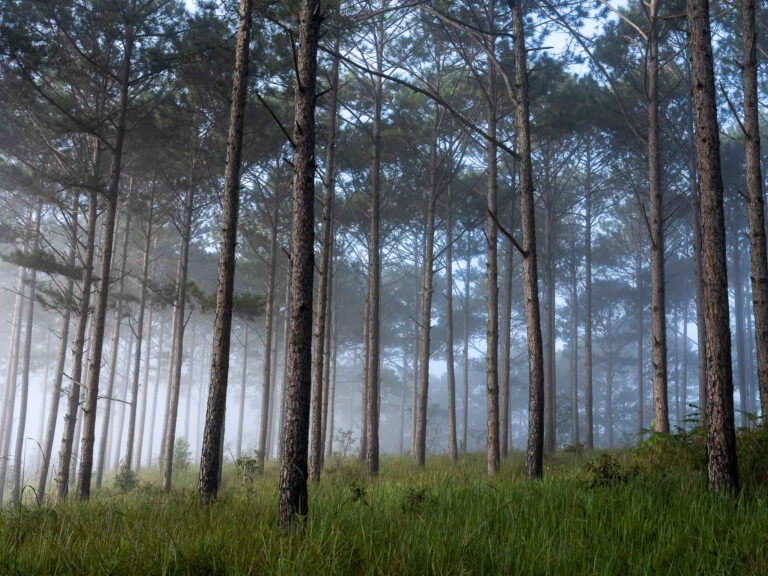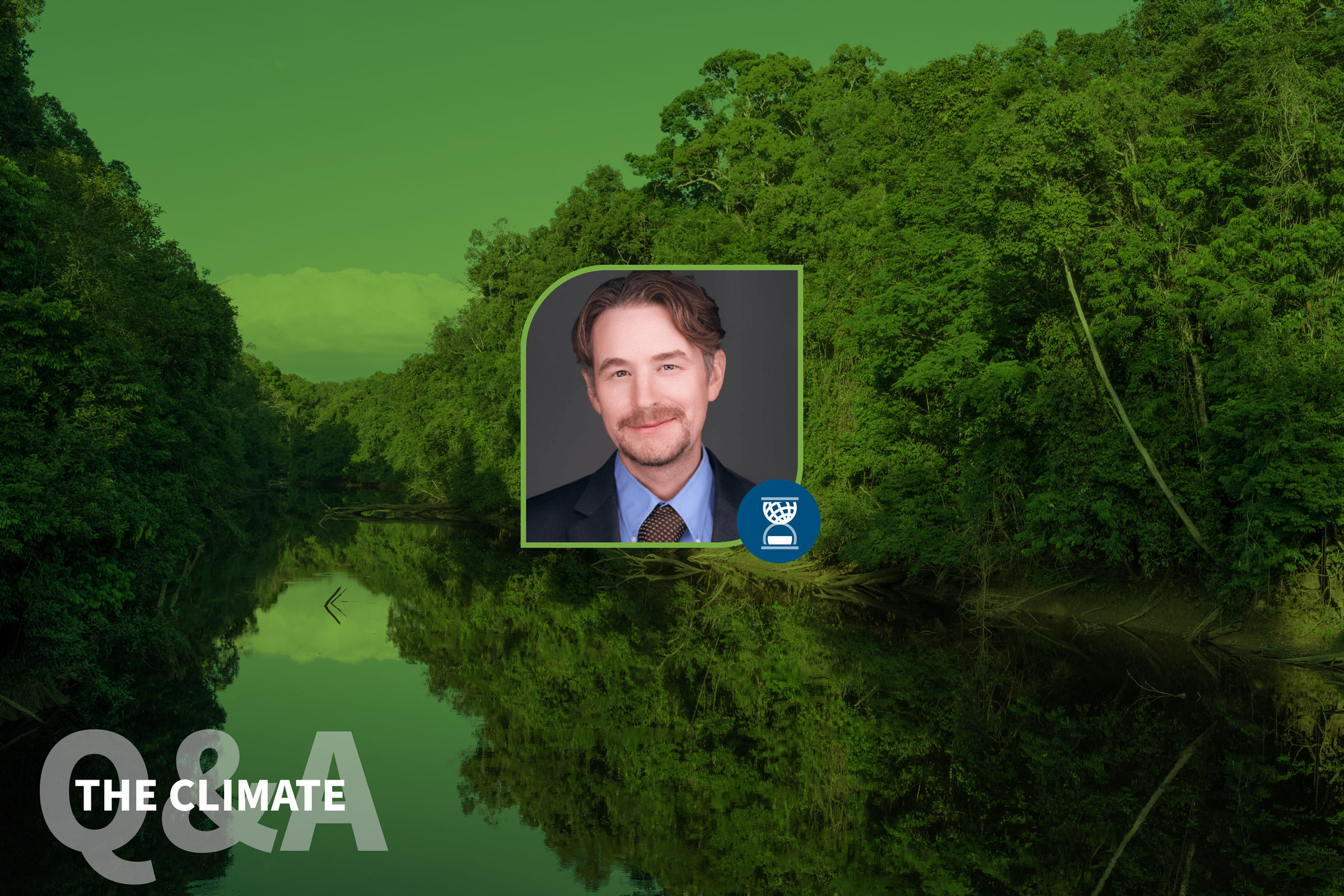
The Climate Q&A… with Kurt Krapfl: Investing in natural climate solutions in North America
ACR Forestry Director Kurt Krapfl has overseen the issuance of more than 150 million metric tons of high-quality forest carbon credits. He has led and supported the development and publication of innovative methodologies at ACR related to improved forest management, afforestation and reforestation, avoided conversion of forests, wetland and grassland restoration, and new quantification tools and ACR program standard updates. He holds a PhD in forest management from Mississippi State University and MS and BS degrees in forestry from Southern Illinois University.
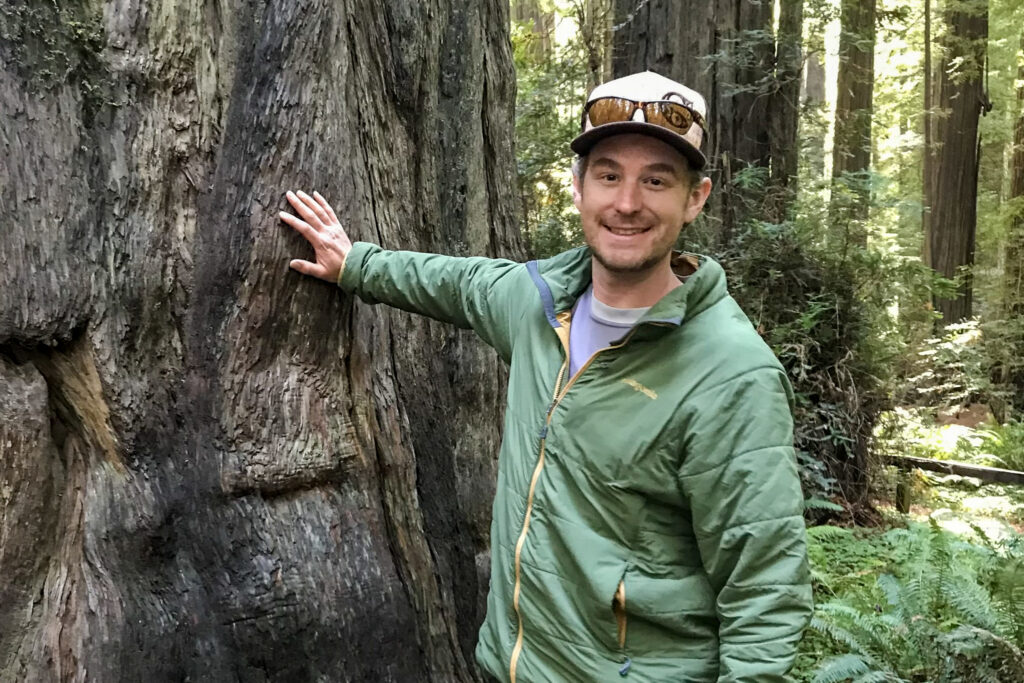
What role do carbon markets play as we work to mitigate the worst impacts of climate change? Why does ACR focus on carbon markets as a strategy?
The world is at a make-or-break moment. Carbon markets incentivize – and for regulated markets, require – climate action, now, and drive meaningful impact and investment.
Put simply, carbon markets are trading systems in which carbon credits are bought and sold.
Here’s how it works for forest carbon projects: On the supply side, landowners take action to adopt climate friendly practices and follow rigorous methods to quantify their impact. A carbon credit represents one metric ton of carbon dioxide held or removed from the atmosphere through their actions.
On the buyer’s side, entities reduce their emissions to the extent possible. They then buy carbon credits to mitigate their remaining emissions. As they do so, credits are retired so they cannot be used again.
Carbon markets are part of a larger effort to decarbonize our economy. This is important because, under our current trajectory, even if every country in the world met its commitments under the Paris Agreement we would still be astoundingly short of what’s needed to prevent the worst effects of climate change. And currently, no country is on track to meet its commitments.
We need more ambition, urgency, and action, now.
ACR’s impact in this regard is impressive. Our Forestry portfolio spans over 12 million acres in the U.S. – with all of these lands protected by legally binding, long-term commitments to increase their carbon stocks, while also enhancing co-benefits such as biodiversity, water, and wildlife. This makes carbon projects one of the most effective conservation strategies in existence.
“ACR was created in 1996 with a simple guiding principle: Carbon markets must be done right to realize their potential for climate impact. We’ve been working very hard to live up to this principle ever since.” – ACR Forestry Director Kurt Krapfl
People hear a lot about the importance of tropical forests, and especially the Amazon, in the fight against climate change. But what can North American forests contribute to climate solutions?
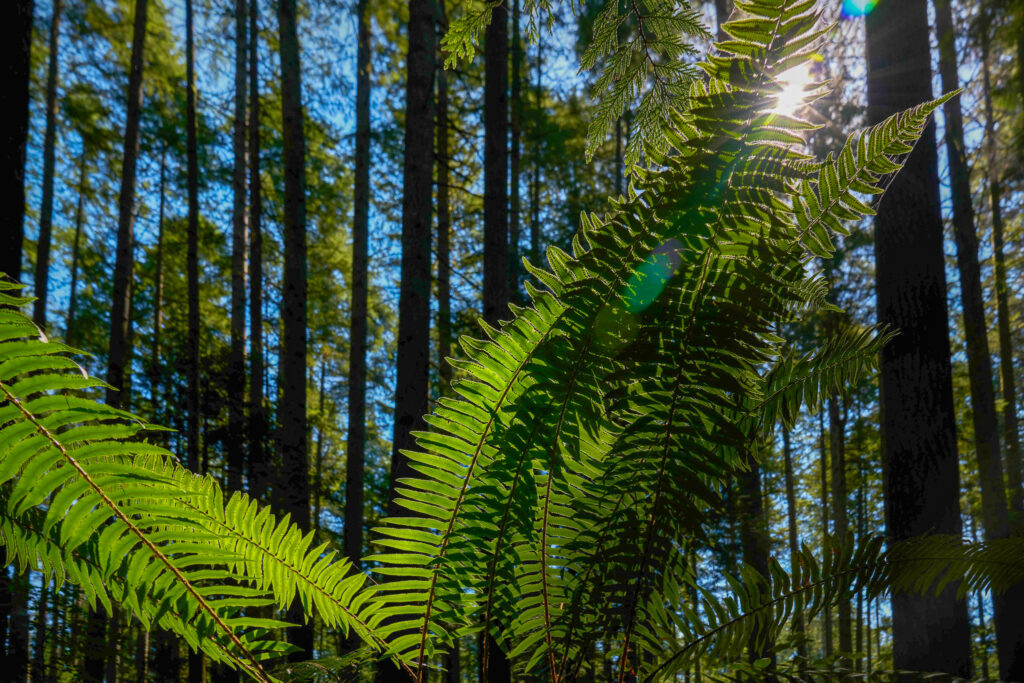
North America has some of the most carbon-dense forests in the world, and for investors, these forests offer the opportunity to operate within a rigorous legal environment that ensures lasting impact. Climate change is a global issue and positive impact translates across governmental boundaries.
In the U.S., nearly 3 million acres of forestland are lost every year, which releases carbon into the atmosphere and impacts water and wildlife. We also have millions of acres of forest that are managed in a legal, albeit intensive manner. By improving our management and establishing new forests, we can continue to provide the forest products and ecosystem services our society relies upon, while also storing much more carbon.
We have a responsibility to create solutions at home, even as we also work internationally.
What types of forest carbon projects does ACR register and issue credits to?
ACR manages a portfolio of methodologies related to land use, forestry, and industrial processes.
For forestry, we have three main strategies: Afforestation and reforestation of degraded lands, improved forest management, and active conservation.
Afforestation and reforestation focus on planting and restoring forests on degraded lands, such as abandoned farmlands. Improved forest management involves changing the way a working forest is managed, such as by increasing duration between harvests or growing older, more carbon-dense forests. And, active conservation is about creating legally binding ways to preserve forest cover, such as enacting conservation easements on at-risk forests. In each case, there is a climate benefit that ACR’s methodology helps to quantify and create market value for the actions.
How does ACR ensure that forest carbon projects deliver long-lasting climate benefits? How does ACR handle risk in carbon projects, especially related to natural disturbances?
Forests are susceptible to a range of risks that can affect carbon stocks. ACR broadly characterizes these as either unintentional or intentional. We’ve developed separate mechanisms to account for each.
Unintentional risks to forests include wildfire, pest infestation, flood events, windstorms, drought, and more. To handle unintentional risk, ACR operates a “buffer pool,” which acts a bit like an insurance policy.

Each project is assessed against unintentional risk factors, taking into account forest conditions, geographic location, proactive mitigation activities, and more. This culminates in a percentage risk score, that corresponds to a fraction of credits to be deposited at each issuance into the ACR Buffer Pool. The buffer pool is “shared,” meaning that everyone contributes while only some will use it. If a reversal occurs, ACR would cancel credits from the buffer pool to compensate for the carbon lost.
Other risks, such as failure to regularly measure and verify a project, or landowner withdrawal from the program, are considered intentional. Intentional risk is handled by requiring that each project engages in a legally binding contractual agreement to abide by ACR program terms and conditions, including continual long-term monitoring, verification, and growth of their forests. If carbon stocks decrease in a project due to intentional actions, the project is under legal obligation to compensate for all credits lost.
Do carbon projects work for small landowners? What tools does ACR have to help them?
Over a third of the U.S. land base is comprised of small private land ownerships. However, less than 1% of this demographic has enrolled in the carbon market to date. This is due to the costs associated with developing a carbon project, the technical expertise needed, and the fact that economies of scale make larger projects more financially attractive.
Again, we’re in a make-or-break moment. Getting small landowners to enter the carbon market is a big opportunity, not only for the climate but for the landowners themselves.
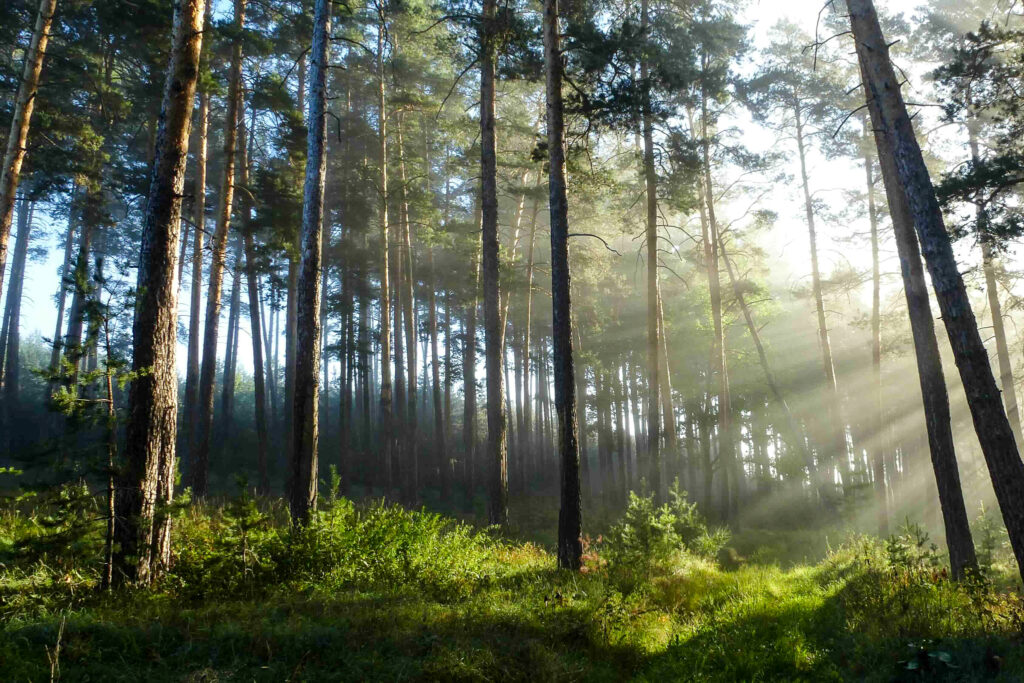
Carbon revenue can help to pay for sustainable management, taxes, and more. There are also threats of liquidation or forest conversion, which are especially real when land changes hands from generation to generation. Offering an alternative revenue stream for landowners to keep their forests as forests not only helps the climate but creates benefits for wildlife, water, and the surrounding community.
ACR has couple approaches developed specifically for small landowners. First is aggregation, which allows many smaller parcels to consolidate into a larger, single carbon project. We’ve also developed a methodology designed specifically for small landowners which helps to achieve economy of scale. These approaches are typically administered by an experienced project developer, which takes the complexity of forest measurement and project administration out of the equation.
We’ve seen success in these types of projects in both Improved Forest Management and Afforestation and Reforestation project types. We recently championed this approach for our new Active Conservation methodology and expect it will fare similarly.
Does ACR work with Native American Tribes in the U.S.? How is this work different from or similar to projects with other types of landowners?
Of all the major carbon crediting programs working in North American carbon markets, ACR is the only one to recognize customary rights and carbon rights for Indigenous People and local communities. Our approach was developed in tandem with the Indian Land Tenure Foundation and offers guidance specifically for carbon project development on Tribal lands.
Carbon markets represent an opportunity for Tribes to translate good forest management into additional revenue to support their communities, which can include education, health care and other social benefits for Tribal members. The National Indian Carbon Coalition helps Tribal nations and members preserve their land ownership by generating sustainable income sources.
For example, the Fond Du Lac Band of Lake Superior Chippewa recently approved an ACR forest carbon project on nearly 10,000 acres of Tribal forestland in Minnesota. The Tribe expects to generate approximately $4 million from the project to invest in renewable energy development and climate change mitigation activities.
ACR is looking to expand its relationships with Tribal nations and support organizations to further explore ways that Tribes can engage with carbon markets to advance their goals and sovereignty.
Learn more at ACRclimate.org.
Related Projects
